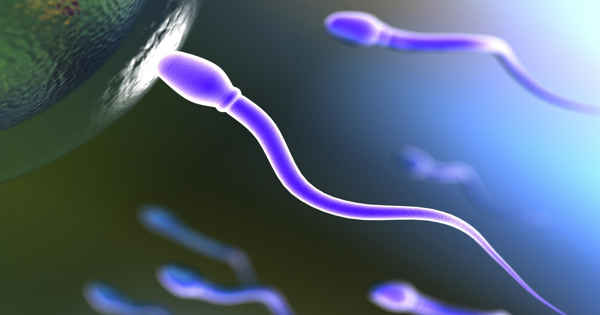Triboluminescence is a phenomenon that occurs when a material is mechanically separated, ripped, scratched, crushed, or rubbed. The cause of the phenomenon is unknown, but it appears to be caused by the separation and reunification of static electrical charges. The term is derived from the Greek τρίβειv and the Latin lumen (light). Triboluminescence can be seen when sugar crystals are broken and adhesive tapes are peeled.
When these materials are fractured or deformed, stored energy in the form of visible light is released. Francis Bacon discovered it in the 17th century when he noticed flashes of light produced when sugar crystals were crushed. Triboluminescence has since been observed in a variety of materials, including crystals, minerals, and organic substances.
The exact mechanism of triboluminescence is unknown, but it is thought to be caused by the separation and recombination of electric charges within the material. When a material is deformed, stress is applied, which can result in electron rearrangement and the formation of electron-hole pairs. When these charges recombine, they emit light energy.
Depending on the substance, triboluminescent materials can emit a variety of colors, including white, blue, green, and violet. Sugar, certain types of quartz crystals, wintergreen-flavored candies, and some plastics are all examples of triboluminescent materials.
Triboluminescence is frequently used interchangeably with fractoluminescence (a term that is sometimes used to refer only to light emitted by fractured crystals). Triboluminescence is distinct from piezoluminescence in that a piezoluminescent material emits light when deformed rather than broken. These are examples of mechanoluminescence, or luminescence caused by mechanical action on a solid.
Triboluminescence has been used in a variety of fields, including materials science, where it can provide information about the mechanical properties and behavior of materials. It’s also been used to create self-powered light-emitting devices and as a tool for studying friction and wear.
Overall, triboluminescence is a fascinating phenomenon that is still being studied in order to fully realize its potential and explore its applications in various fields of science and technology.
















